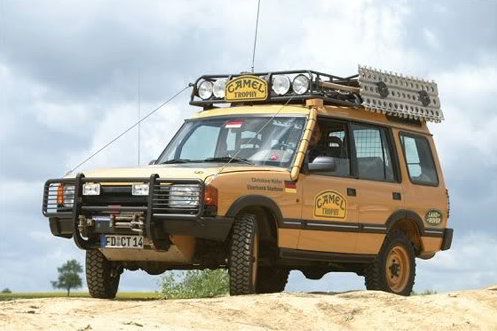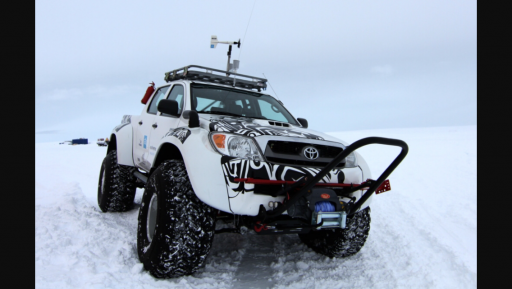
Traveler III
- 4,002
- First Name
- Kelly
- Last Name
- Herrin
- Member #
-
2032
- Ham/GMRS Callsign
- KFØDEX
I've been watching all these Overlanding shows on YouTube. Most of the rigs seem to be running relatively narrow tires, and they're constantly getting stuck in sand & mud. While taller tires are great for smoothing out the bumps, and getting you over larger rocks, the difference between a 10.50" and a 12.50" is like having a fifth tire on the ground. I know clearance while turning is a consideration. It can't be about tucking inside the fender, because the traditional Overland rigs have terrible articulation. So, why the narrow tires?








